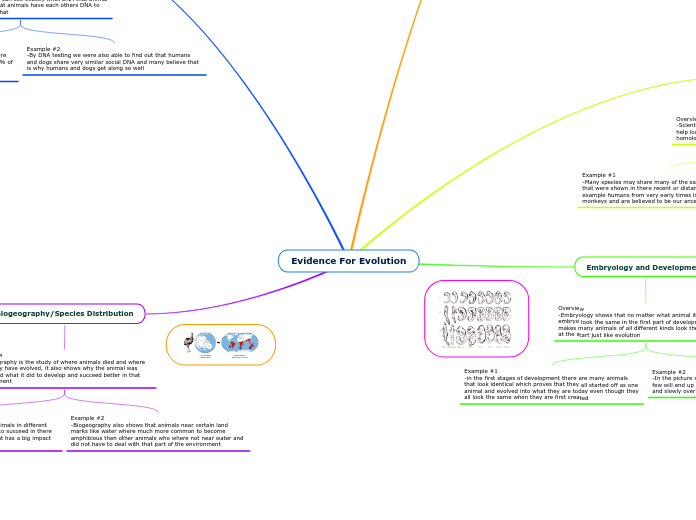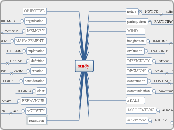SOCIAL COGNITION AND LOVE (understandings from a neuroscience perspective)
Realiced By Diana Paola Perez
References
Zeiki, S. (2007). The neurobiology of love. FEBS letters, 581, 2575-2579.
Frith, C., & Frith, U. (2007). Social Cognition in Humans Current Biology 17,pg, 724–732. DOI 10.1016/j.cub.2007.05.068.
LOVE (Zeiki, 2007)
has a biological function of importance for the evolution of the species (Zeiki, 2007)
there are two types of love
recuperate of https://ars.els-cdn.com/content/image/1-s2.0-S0014579307004875-gr5.jpg
maternal love
is triggered by the desire to protect mothers towards their children (Zeiki, 2007)
Involved areas
that modify the evaluation of the judgment of mothers towards their children
striated body and a cortical deactivation of the frontal cortex
At the brain level, specific areas such as
reading facial gestures
recuperate of: https://vanguardia.com.mx/sites/default/files/maxresdefault_733.jpg
in order to guarantee the reading of facial expressions to ensure the well-being of the young (zeiki, 2007)
romantic love
creates feelings of euphoria as it increases
neuro modulators involved
Vasopresiin
Oxytocin
Dopamine
recuperate of: https://qph.fs.quoracdn.net/main-qimg-c637265e0cea29c2a6bf2831e489f3a9.webp
is triggered by visual input (Zeiki, 2007)
financial state
charm
the intellect
the voice
of the suitor
is studied in neuroscience from the techniques of brain imaging
which allows neurobiologists to know about the neural bases of love
social cognition (Frith and Frith, 2007)
human attachment overcomes social distance by deactivating the reddes used for critical social evaluation (Zeiki, 2007)
What does it depend on?
of the exchange of signals
types of signals
these allow
perceive the intentions of others
parts of the brain involved
recuperate of: https://upload.wikimedia.org/wikipedia/commons/d/d7/Ptsd-brain.png
prejudices are created through automatic evaluations of people or attractions
the active part is the amygdala
assess the trust that other people generate
For example, research carried out by
Singer and his colleges (As cited by Frith and Frith, 2007)
who studied trust through the game
deliberate processing
This is characterized because we are aware that signals are signals that are impregnated with meanings (Frith and Frith, 2007).
automatic processing
is characterized by that neither the sender nor the receiver are aware of the exchange of signals
Bayliss and Tiperr (as cited By Frith and Frith, 2007)
the direction of the gaze of another person attracts the attention of the object patra who sees it (Bayliss and Tiperr, as cited By Frith and Frith, 2007)
language
body posture
the facial expression
what is it for?
create a shared world in which human beings can interact (Frith and Frith, 2007)
brain areas involved
The mirror system, areas of touch and pain, are activated when pain is observed
recuperate of: https://jnupsy.files.wordpress.com/2014/03/screenshot_2.png
What is it?
is the sum of those processes that allow individuals of the same species to communicate with each other (Frith and Frith, 2007)









